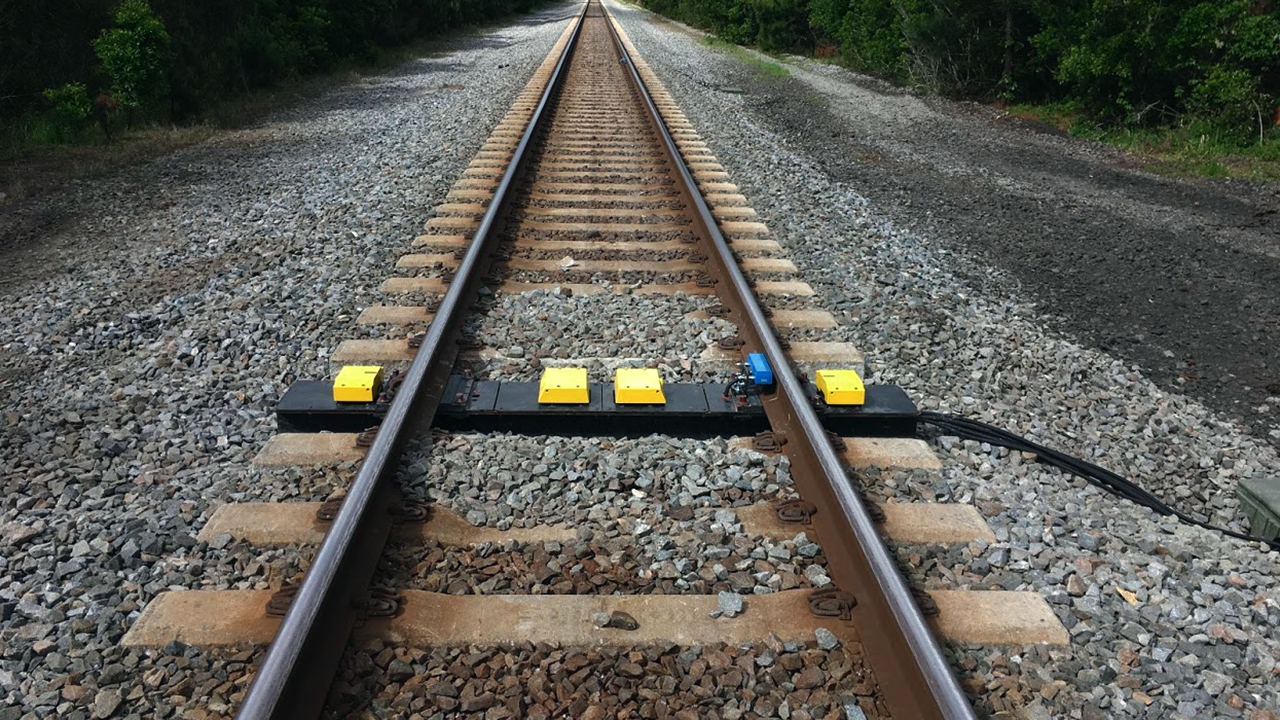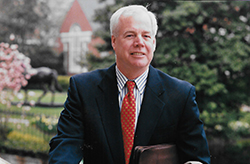
One Size Truly Doesn’t Fit All
Written by William C. Keppen, Jr.
HBD (hot bearing detector). Voestalpine Railway Systems photo
If you ever worked on a railroad and certainly if you have ever been involved in working on railroad safety, you have frequently heard the phrase “one size doesn’t fit all” spoken by railroad management.
Having tuned into a December 2023 U.S. Senate hearing on railroad safety, I did not hear the phrase, but I did hear rail management representatives advocate one-size solutions, with respect to hot bearing/failed equipment detector equipment and actions triggered by potential overheated wheel bearings.
This and other hearings were triggered by the Feb. 3, 2023 derailment of a Norfolk Southern train in East Palestine, and subsequent investigations. Sen. Ted Cruz (R-Tex.) pointed to the rapid increase in the temperature of one wheel bearing on the car that eventually caused the derailment. According to Cruz, the temperature of the failed wheel bearing increased from 38 degrees to 103 degrees above ambient temperature between the first and second hot bearing detector the train passed by as it approached the derailment site. When it passed by the third hot bearing detector, just before the derailment, the temperature of the bearing had increased to a level in excess of 200 degrees above ambient temperature. Cruz went on to say that NS CEO Alan Shaw had informed him that the warning level that would have required a crew to stop and inspect their train was set at 200 degrees at the time of the derailment, but that NS was working with the other Class I railroads to establish a uniform threshold of 170 degrees for stopping a train for an inspection.
Pardon me for saying, but that not only sounds like a one-size fits all solution, but it is also a “solution” that fails, monumentally, to adequately address the problem.
Railroad representatives also stated that the industry was responding to another identified safety risk by installing more hot bearing detectors, which is great, but it is only a partial solution.
For those who are to blind to see let me suggest the real problem: the rapid increase in the temperature of wheel bearings that all too often can lead to and cause derailments. Establishing an artificial, one-size-fits-all threshold, whether it be 200 or 170 degrees, would have failed to prevent East Palestine or other similar derailments, because the 170- and 200-degree thresholds were only surpassed just moments after passing the detector registering that temperature level. The proper time to stop and inspect would have been between the second and the third hot bearing detectors.
I do not purport to be a highly qualified, accredited train derailment expert, but looking at these few documented facts, the event that should have required a safety intervention was the rapid increase of the wheel bearing temperature between the first and second hot bearing detectors.
If you were to agree with that assessment, you might also ask, why are the railroads tip toeing around that data point? From my perspective, there is only one logical explanation. I’ll riddle you this:
It takes time to stop and inspect a train, and the longer trains get, which is now industry practice, the longer it takes. Management would like to avoid stopping trains in between terminals for inspections, because that often results in unwanted delays for many other following trains. Delays impact customer service, and worse yet, from a management perspective, they cost money. While those are important considerations, one must consider the costs—monetary, human, environmental—of incidents like East Palestine, when train inspections are warranted but not conducted. Thankfully, no lives were lost because of the East Palestine derailment, but thousands were altered, a cost that cannot be easily quantified.
It goes without saying that railroads are an extremely safe mode of transportation. Railroads executives did a great job of making that point, time and again, during the hearing. However, events and governing safety procedures related hot bearing detectors were not sufficient to address the rapid temperature increase of the soon-failed axle bearing. There is a remedy for that, but it was not mentioned by management during the hearing: Every railroad establishing its own stop-and-inspect requirement when a temperature of X degrees is detected between hot bearing detectors spaced X number of miles apart.

William C. Keppen Jr., a retired BLET (Brotherhood of Locomotive Engineers and Trainmen) Vice President and third-generation locomotive engineer at BNSF and predecessors Chicago, Burlington & Quincy and Burlington Northern, is an independent transportation advocate with experience in fatigue countermeasures programs. A railroad industry veteran of almost 50 years, Keppen provides safety analyses for Confidential Close Call Reporting System (C3RS) programs in freight, commuter and light rail transportation. Keppen was Project Coordinator for BNSF’s Fatigue Countermeasures Program, and former BLE General Chairman for the BN Northlines GCA. “I started working on human-factor-caused train accidents in 1980,” he says. “It has been a struggle. I would like to think I have made a difference, but there are still far to many human-factor-caused train ‘accidents,’ which I prefer to refer to as ‘preventable incidents.’” The opinions expressed here are his own.



